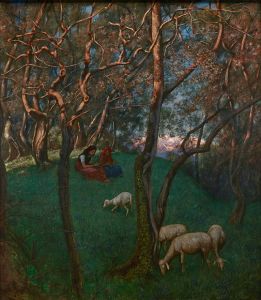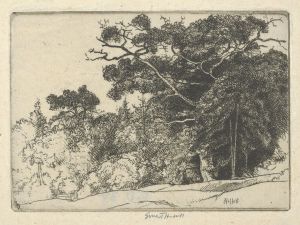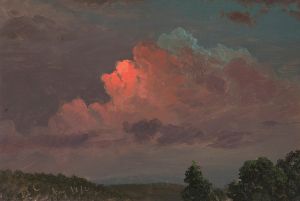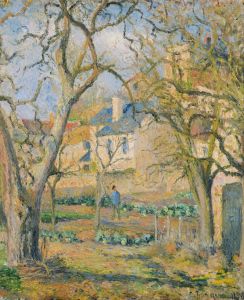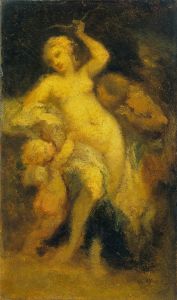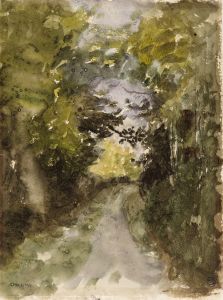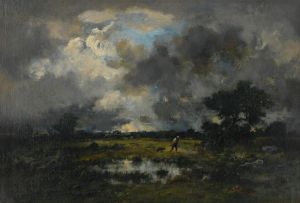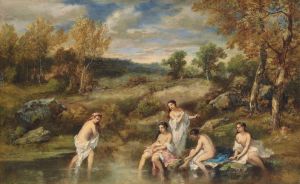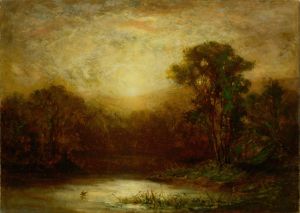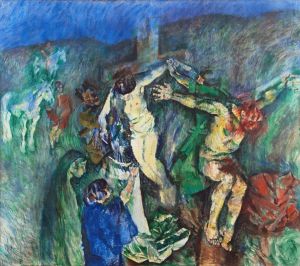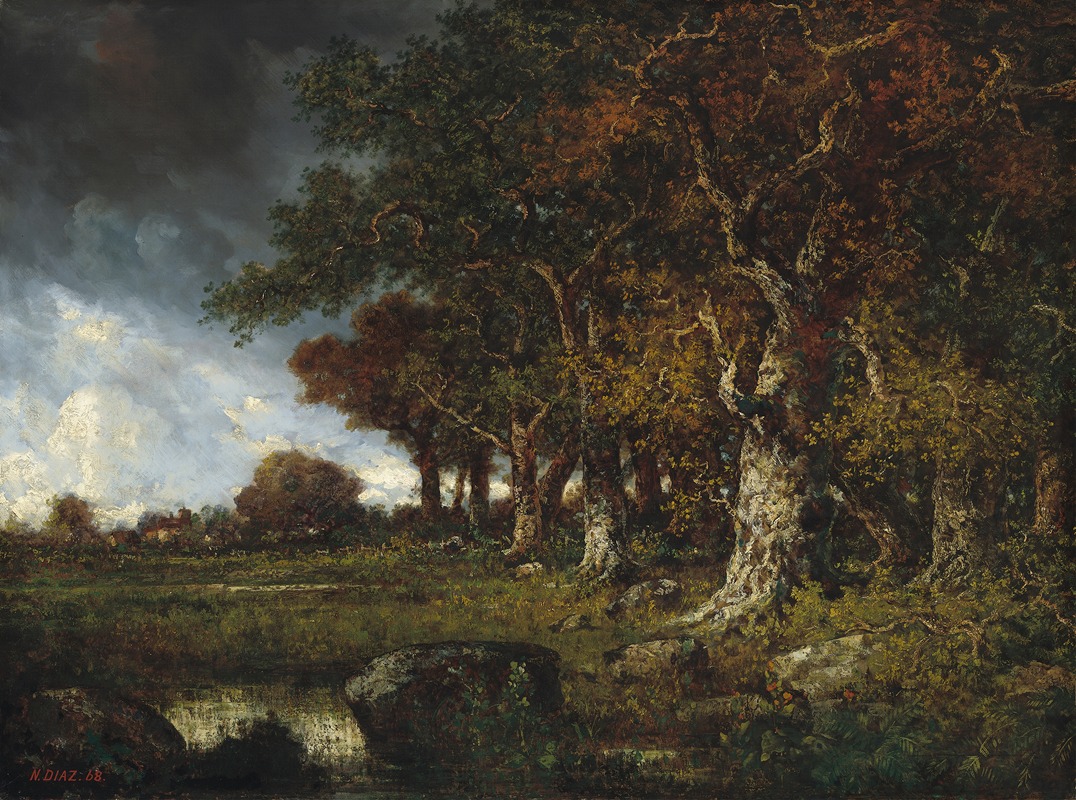
The Edge of the Forest at Les Monts-Girard,Fontainebleau
A hand-painted replica of Narcisse-Virgile Diaz de La Peña’s masterpiece The Edge of the Forest at Les Monts-Girard,Fontainebleau, meticulously crafted by professional artists to capture the true essence of the original. Each piece is created with museum-quality canvas and rare mineral pigments, carefully painted by experienced artists with delicate brushstrokes and rich, layered colors to perfectly recreate the texture of the original artwork. Unlike machine-printed reproductions, this hand-painted version brings the painting to life, infused with the artist’s emotions and skill in every stroke. Whether for personal collection or home decoration, it instantly elevates the artistic atmosphere of any space.
Narcisse-Virgile Diaz de la Peña's painting The Edge of the Forest at Les Monts-Girard, Fontainebleau is a notable work by the French artist, who was a prominent member of the Barbizon School. This artistic movement, which emerged in the mid-19th century, was centered around the village of Barbizon near the Forest of Fontainebleau in France. The Barbizon artists were known for their dedication to painting landscapes and scenes of rural life directly from nature, often working en plein air (outdoors) to capture the natural light and atmosphere.
Diaz de la Peña (1807–1876) was particularly celebrated for his ability to depict the interplay of light and shadow in forested landscapes. His works often feature rich, vibrant colors and a romantic sensibility, characteristics that distinguish his style within the Barbizon School. The Edge of the Forest at Les Monts-Girard, Fontainebleau exemplifies these qualities, showcasing his skill in rendering the dense foliage, dappled sunlight, and textured terrain of the forest.
The Forest of Fontainebleau was a major source of inspiration for Diaz de la Peña and other Barbizon painters, including Jean-Baptiste-Camille Corot, Théodore Rousseau, and Jean-François Millet. This forest, located about 60 kilometers southeast of Paris, became a popular destination for artists seeking to escape the industrialization of urban life and immerse themselves in the tranquility of nature. The specific location, Les Monts-Girard, is a part of the forest known for its picturesque scenery, making it a favored spot for plein air painting.
In this painting, Diaz de la Peña captures the edge of the forest, where the dense trees meet open land. The composition likely emphasizes the contrast between light and shadow, a hallmark of his work. While Diaz often included figures in his landscapes, such as travelers or peasants, this particular painting focuses primarily on the natural environment, reflecting the Barbizon School's emphasis on the beauty of unspoiled nature.
Diaz de la Peña's contributions to the Barbizon School and his mastery of landscape painting earned him significant recognition during his lifetime. His works were exhibited at the Paris Salon, and he was awarded the Legion of Honor in 1851. Today, his paintings, including The Edge of the Forest at Les Monts-Girard, Fontainebleau, are held in major museums and collections around the world, appreciated for their atmospheric quality and technical brilliance.
This painting serves as a testament to the Barbizon School's influence on the development of modern landscape painting, bridging the gap between Romanticism and the later Impressionist movement.





